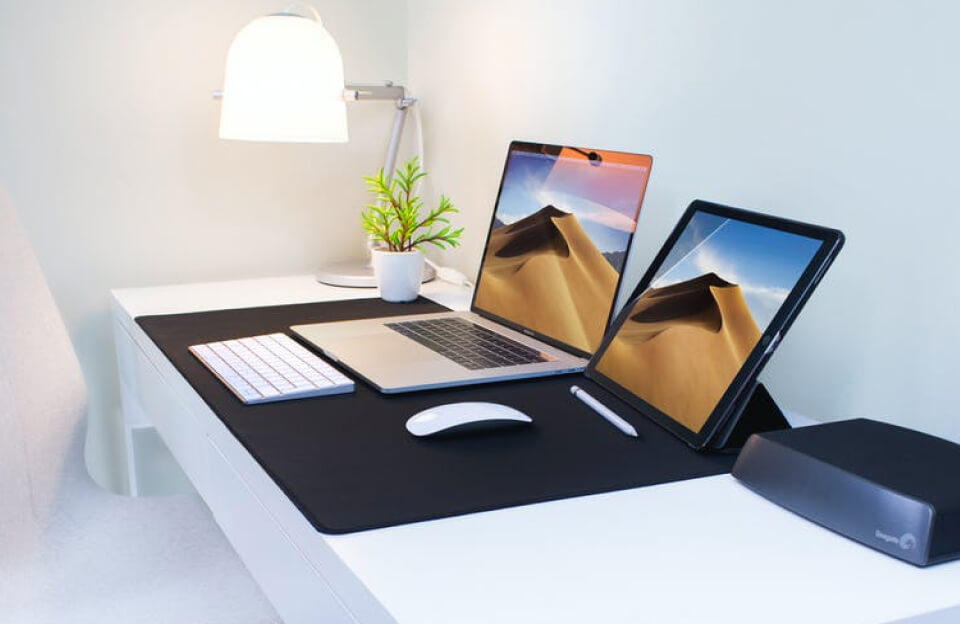Running both macOS and Windows 10 on one computer can be highly useful — letting you get the benefits of both operating systems, like macOS’s ecosystem + design tools, plus Windows-only apps or games. But it also comes with limitations and trade-offs. Here’s how people do it, what to watch out for, and what’s changed recently.
Ways to Run macOS + Windows 10
There are essentially two primary methods:
- Dual-booting
- On Intel-based Macs: Use Apple’s Boot Camp to create a Windows partition. At startup you choose which OS to boot. Apple Support Community+1
- This gives you native performance when using Windows (since Windows runs directly on hardware), but you must reboot to switch OS.
- On Intel-based Macs: Use Apple’s Boot Camp to create a Windows partition. At startup you choose which OS to boot. Apple Support Community+1
- Virtualization / Emulation
- Tools like Parallels Desktop, VMware Fusion, UTM etc. let you run Windows as a virtual machine (VM) inside macOS. Wikipedia+3computerbuilderinfo.com+3help.onmac.net+3
- On Apple Silicon Macs (M1, M2, etc.), native Windows 10/11 support is trickier: Windows for ARM must be used; x86 Windows via emulation can be supported but with slower speed. The Verge
- Tools like Parallels Desktop, VMware Fusion, UTM etc. let you run Windows as a virtual machine (VM) inside macOS. Wikipedia+3computerbuilderinfo.com+3help.onmac.net+3
Recent Changes / New Options
- Parallels Desktop 20.2 has introduced an “x86 emulation” preview on Apple Silicon Macs. This allows running x86_64 builds of Windows 10 or Windows 11 via emulation. The Verge
- But performance is not great: slower boot times, limited USB / external hardware support, etc. It’s early-tech. The Verge
Pros & Cons
| Pros | Cons / Challenges |
| Access to both ecosystems; ability to run software only available on one OS. | For dual-booting: need good disk space; reboot needed to switch. |
| For virtualization: easier switching, better for workflow. | Virtualization adds overhead; performance (especially graphics) is worse. |
| On newer Macs, ARM versions of Windows & emulation options are growing. | Compatibility issues; some software or drivers may not work well (esp. in emulated x86 on ARM). |
What to Consider Before Doing It
- Mac hardware type: Is it Intel or Apple Silicon (ARM)? If ARM, Boot Camp is not available, and you’ll need virtualization/emulation. Apple Support Community+1
- Disk space: Windows install + apps + data can take tens of gigabytes; plus macOS and your files.
- Performance needs: Gaming? Heavy GPU usage? Those will suffer more when virtualized/emulated. Native dual-boot is better for those.
- Software compatibility: Check if the apps you need are compatible with ARM (if on Apple Silicon) or emulation.
- Maintenance & updates: You’ll have two OSes to update/secure/backup. More complexity.
Use Cases
- Developers who need to test software on both Mac and Windows
- Designers who use macOS, but also need Windows-only tools (e.g., some enterprise or Windows-only business software)
- Gamers who prefer Windows for games but want macOS for media, design, etc.
Conclusion
Running macOS and Windows 10 on the same computer is very feasible and gets increasingly flexible as virtualization/emulation improves — especially with Apple Silicon. But it isn’t without cost: performance trade-offs, hardware compatibility, and managing two OSes. If you go this route, choose the method that fits your workflow, invest in good RAM/disk speed/space, and plan for how you’ll switch between OSes or share files.
References
- Parallels adds x86 emulation support on Apple Silicon Macs. The Verge
- Boot Camp (software), for Intel Macs. Wikipedia
- Discussion: Running both macOS and Windows 10 on the same MacBook Pro (Intel vs Apple Silicon). Apple Support Community
How to Install & Run Windows on a Mac. help.onmac.net+1

